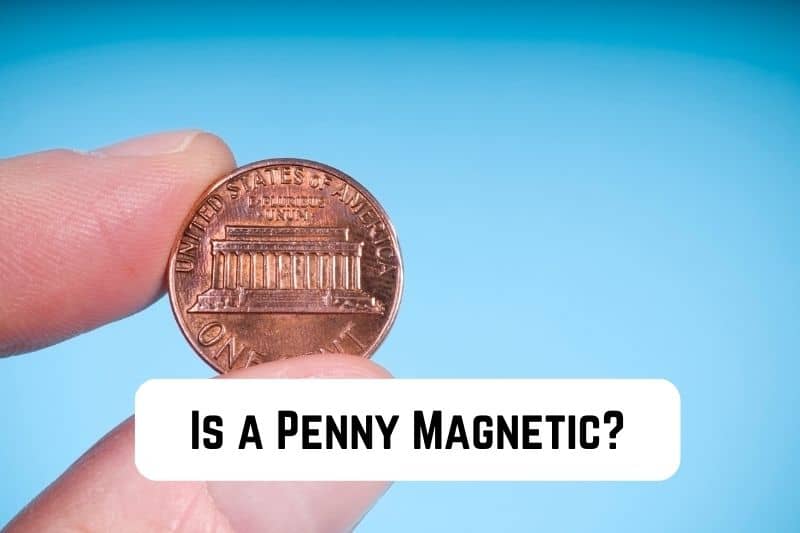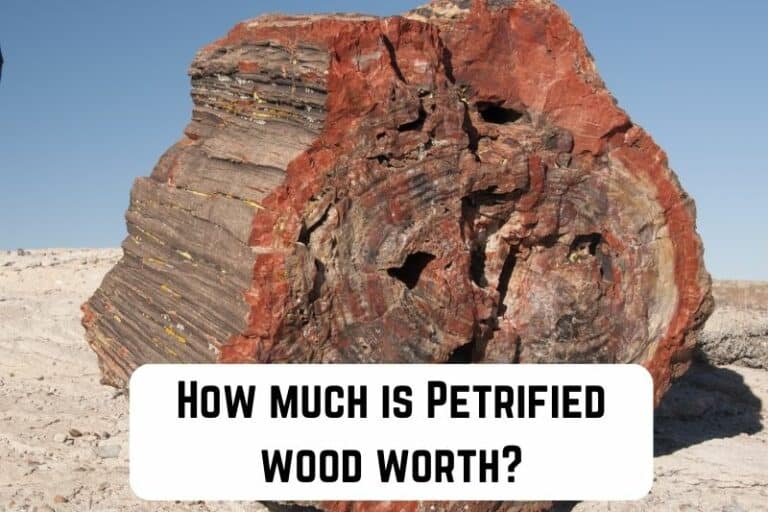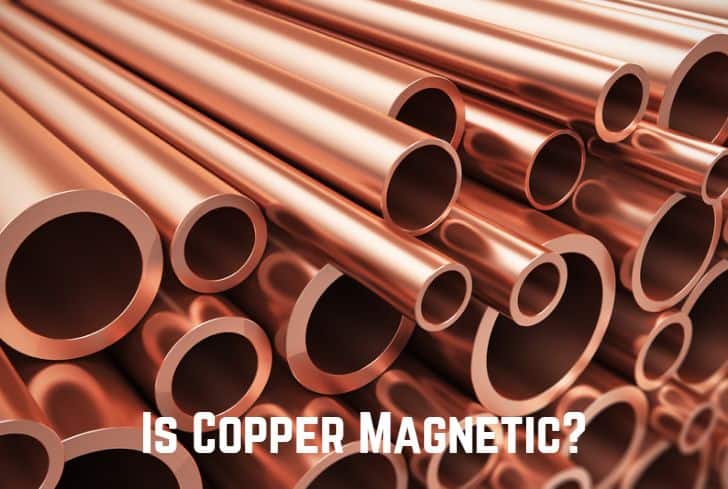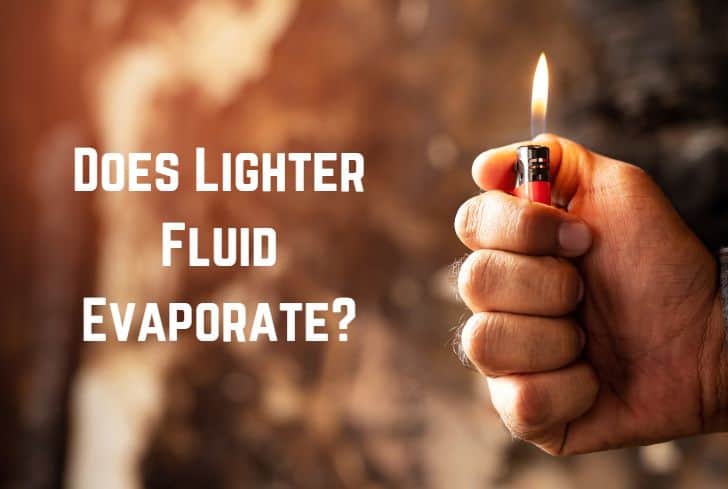Is a Penny Magnetic? (Answered)

Do you want to know if some of the pennies you’ve been getting as change are worth a fortune? Some popular metals are still used, despite changes in coinage composition over time. Most pennies are plated. Therefore, it might be challenging to identify the metal. However, it’s easy to distinguish the various metals using a magnet. So, is a penny magnetic?
In this article, we will answer that question. Additionally, we’ll discuss whether pennies are made from copper, if a copper penny is magnetic, and whether or not pennies can be recycled or melted down. Continue reading to learn whether a penny is a conductor or an insulator and the factors affecting magnetism.
Read: Is Uranium Magnetic? (Answered)
Are Pennies Magnetic?
Although all pennies are made of metal, some are magnetic, and some are not. It depends on the metal used to produce the pennies. Steel pennies are magnetic; bronze, aluminum, cupro-nickel, and silver are not. Since they were made of copper and zinc before 1992, pennies from that period were not magnetic.
After 1992, steel was one of the magnetic metals used to produce pennies. Therefore, the majority of pennies made after 1992 are magnetic.
Since 2012, pennies were now platted with nickel which is also magnetic. One of the reasons why pennies made from steel are magnetic is because steel has iron in it. Due to its unpaired electrons, four in particular, iron is ferromagnetic. Unpaired electrons create their magnetic field when exposed to an applied magnetic field. Hence anything that has a bit of iron in it becomes magnetic.
Bronze is a non-magnetic alloy made of copper, nickel, or tin. Despite being magnetic, a minimal amount is used. Therefore, bronze pennies are not magnetic. Today’s pennies are mainly made from steel or nickel-plated steel, which are both ferromagnetic. Gold pennies which are also non-magnetic, are mainly used for gifts.

Are Pennies Made of Copper?
Some nations, including the United States, use copper to create pennies. Depending on the specific value, British coins can have different compositions. The 1p and 2p are now made of steel with copper coating rather than bronze. Nickel-plated steel has replaced the copper-nickel alloy used in the 5p and 10p pennies. Pennies from Canada and the Netherlands are not composed of copper.
Below is a table showing a few countries and the metals used to make their pennies.
| Country | Type of metal(pennies) |
| United States | -Zinc-coated copper, nickel |
| United Kingdom | -Bronze, cupro-nickel, nickel-brass |
| Canada | -Steel, nickel, copper |
| Japanese | -Nickel-brass, copper, cupronickel |
| Russia | -Brass-clad steel, cupronickel, bi-metallic(aluminum/bronze/cupronickel/zinc) |
| China | -Copper and bronze alloys |
Is a Copper Penny Magnetic?
Copper pennies are not magnetic. Copper metal is not magnetic, which is the fundamental explanation for this. The composition of American pennies is 75% copper and 25% nickel. The highest percentage of the penny is made of copper, which is not magnetic, even if nickel is magnetic. But coins made of steel with a copper coating are magnetic due to the presence of iron in steel.
Can Pennies Be Recycled?
Yes, it’s possible to recycle pennies. Consider the future, even though the current pennies might not be worth more. Future generations may have done away with most pennies; thus, those who own them can be considered collectors. Keep a few of your pennies safely. However, due to legal restrictions, most scrapyards will not accept pennies for recycling.
A collector a single coin for $204,000. Additionally, since doing so is still against the law, you should refrain from trying to melt the pennies and separate the copper to sell it as scrap or copper wires.
You can recycle pennies in various other ways, as shown below:
Decorate your house
You can collect copper pennies and create a beautiful wall in a space. Behind a sink, use a backsplash or tile. Look up some of the best designs you can use online.
Here are a few more ideas for decorating your home using pennies.
- Using strong glue, outline your entryway mirror with pennies.
- You can replicate the skin tone of faux animal heads by covering them with pennies. Remember to securely attach the bust to the wall because the pennies make it heavier.
- Use a two-part epoxy resin to seal rows of pennies instead of granite for kitchen countertops.
- Put coins on your regular old desk. To restore each penny’s original shine, submerge it in a tarnish-removing solution. Epoxy adhesive is used to affix the pennies to the desk.
Make jewelry
Consider all the lovely necklaces, bracelets, and earrings you can make from old pennies. It’s interesting to note that using pennies to make jewelry is not illegal.
Counting/education aids
Current and old are the best pennies to use while teaching your children to count. Your kids can learn about the different types of currency in your nation by using the pennies. Collecting pennies from different nations will make it much more intriguing.
Use the pennies to teach children about the evolution of money in your country. Additionally, you can use the pennies to compensate your children for tasks done while instilling a culture of saving.
Donate the pennies to a charity
Pennies can be donated to many charity organizations. You can donate your spare change to charity by participating in penny drives, other point-of-sale collections, and competitive penny fundraising.
The majority of the funds earned in this method go toward cancer research, college scholarships, and the construction of housing for people experiencing homelessness. Penny and charity provide more information.
Take to the bank
You can also take your pennies to a bank or credit union in your community. They could have varied processes for collecting pennies, such as whether to levy a fee. Most institutions prefer rolled pennies; however, some will accept loose ones.
Get some free pennies wrappers for your bank or credit union. Alternatively, buy from Amazon or office supply stores.
Can Pennies Be Melted Down?
Although melting down pennies is a possibility, it is illegal. Scraping copper coins or any other currency is prohibited in the US and many other nations. If you melt currency and are caught, you will pay a $10,000 fine or face five years of imprisonment. The Government mint, however, melts down damaged or worn-out pennies to their metals.
They are then delivered to a fabricator to be recycled to make new coins. Take your worn-out or damaged pennies to the Federal Reserve Bank and exchange them for new ones of the same value.
Different metals are used to make pennies. As a result, magnets can be used to separate pennies into various metals. The zinc and copper pennies won’t be attracted to the magnets, but the steel pennies will. While most countries melt down the metals to make new pennies, others will resell them to their industrial sector.
Is a Penny a Conductor or an Insulator?
A penny is an excellent conductor. Pennies are composed of metals like steel, copper, and zinc. Because they have free electrons flowing through them, metals make excellent conductors. They can also conduct electricity and transfer heat thanks to their atomic structure.
Copper metal, the most common metal for making pennies, is also used in producing electrical wires, lighting and communication cables, and telephones. It is also used to manufacture cookware as its an excellent heat-conducting material. We highlight other characteristics of conductive materials.
- Electric conduction is easier since the materials allow free electron movement between particles.
- They allow unrestricted passage of an electric current
- Many electrons travel across conductive materials, transferring charge from one object to another.
- Because of their atomic structure, electricity can move between them without using much energy to transfer electrons.
Factors Affecting Magnetism
All magnets have two poles: South and North. A magnet develops a magnetic field attracting unlike poles and repelling like poles. The magnetic field is responsible for the magnetic forces and strength of the moving electric charges, electric currents, and magnetic materials. However, there are several factors affecting magnetism.
- Air gaps: An air gap is a non-magnetic space or void. Air gaps in a material prevent magnetism from applying force on other materials, weakening the magnet. When a material’s size and shape are altered, air gaps develop.
- Temperature: Magnets usually require a specific temperature to work correctly. However, its performance will suffer if a magnet is heated above its operational temperature. Alnico, Ferrite, and Samarium Cobalt magnets work well in high temperatures. The performance and magnetic strength of a material improve at low temperatures.
- Material thickness: Magnetism is absorbed differently depending on a material’s thickness. It alters the material’s magnetic pull. Magnetic saturation happens relatively quickly in too-thin materials. The magnetic field loses some of its effectiveness, which lessens the magnet’s impact.
- Type of material: The determination of magnetic strength is influenced by the type of material. Compared to cast iron, some materials, like steel, have a stronger ability to conduct magnetism.
Read: Is Mercury Magnetic?
Conclusion
The sort of metal a penny is made of determines its magnetic properties. The most prevalent metal, copper, is not magnetic. However, because steel contains iron, adding steel plating has rendered some pennies magnetic. Iron metal’s magnetic properties are widely known.
However, the temperature, air gap, type of metal, and thickness of any penny will likely impact its magnetism.





